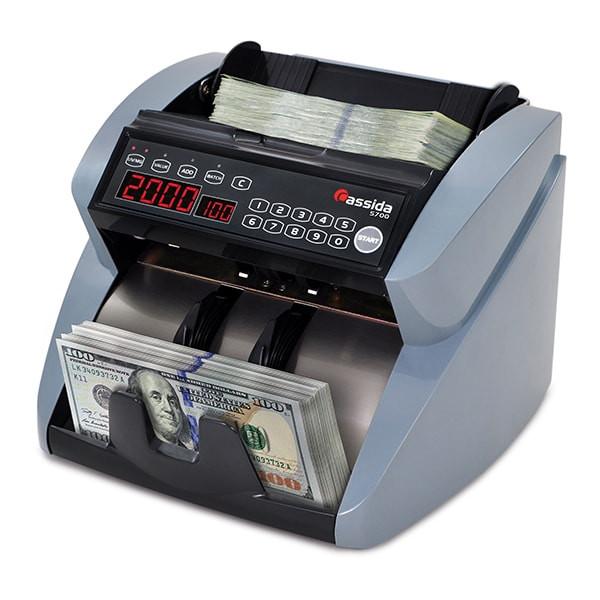The History and Evolution of the United States Secret Service

The United States Secret Service is best known for its work protecting the sitting President of the United States, among others. A part of the Department of Homeland Security since 2003, the Secret Service was originally founded to investigate and combat widespread counterfeiting operations in the late 1800s. Since its founding, the duties of the Secret Service have been splintered among various agencies, but the law enforcement agency remains committed to combating fraud.
Following the American Civil War, widespread currency counterfeiting operations gripped the nation. While we have many ways to detect counterfeit currency today, ranging from counterfeit detector machines to currency counters, that wasn’t the case in 1865. Experts estimate that, at the time, up to half of all American money in circulation was fake.
The Secret Service became the first domestic intelligence and counterintelligence agency in the United States. Following its creation, the federal agency began investigating groups involved in committing fraud. Among the list of major perpetrators were the Ku Klux Klan, mail robbers, and smugglers.
Upon the creation of the Secret Service, the agency was only responsible for investigating paper money forgeries. It wasn’t until 1877 that Congress passed laws that made counterfeiting gold, silver, and coins a federal offense.
In 1894, the Secret Service began informally protecting President Cleveland. It wasn’t until 1901 that the Secret Service was tasked with full-time protection of the president. A few years later, in 1908, the Federal Bureau of Investigation (FBI) was created and took over intelligence and counterintelligence responsibilities from the Secret Service.
By 1917, the Secret Service became responsible for protecting the sitting president, the president’s family, and the president-elect. Things got murky in 1922 with the creation of the White House Police Force. It wasn’t until 1930 when President Hoover placed the White House Police Force until command of the Secret Service that the conflict was resolved. As the years ticked away, the Secret Service began to take command of more protection agencies. In 1937, for example, the federal agency began supervising the Treasury Guard Force.
Although the Secret Service had been responsible for protecting the president for half a century, it wasn’t until 1951 that Congress permanently appointed the agency to the protection of the President, his family, president-elect, and Vice President. Despite numerous assassination attempts, both failed and successful, Congress didn’t make it a federal crime to assassinate the President until 1965.
While the Secret Service has long been in the spotlight as Presidential body guards, the agency still hunts down counterfeiters to this day. Just recently, the Secret Service investigated counterfeit money operations in Rochester, New York. Police forces throughout the country, like the Dayton, Ohio Police Department, aid in investigations by collecting counterfeit money to hand over to the Secret Service.
That may make it seem like the Secret Service is taking a backseat role in counterfeiting investigations, but that’s far from the case. In February 2018, Secret Service agents nabbed a counterfeiter in St. Louis County, Missouri after he tried to pay for food with fake money. In March, The Secret Service took part in uncovering evidence of five women committing fraud at a Birmingham, Alabama Walmart.
Although the Secret Service still holds a forceful reputation for catching counterfeiters, the agency is most well-known for protecting the President. In February 2018, agents apprehended a woman who attempted to drive through a barricade near the White House. Whether they’re dealing with assassination attempts or catching counterfeiting crooks, the Secret Service remains a formidable agency that no one wants to cross.




Leave a comment